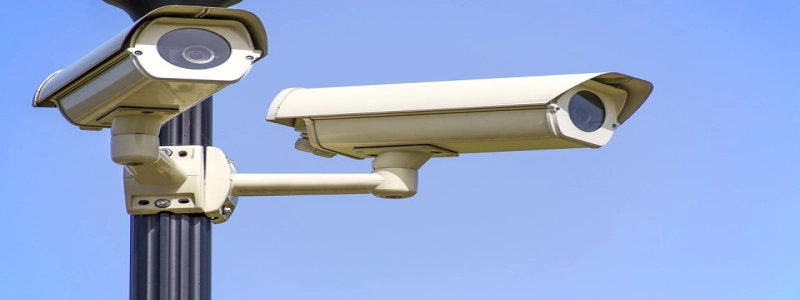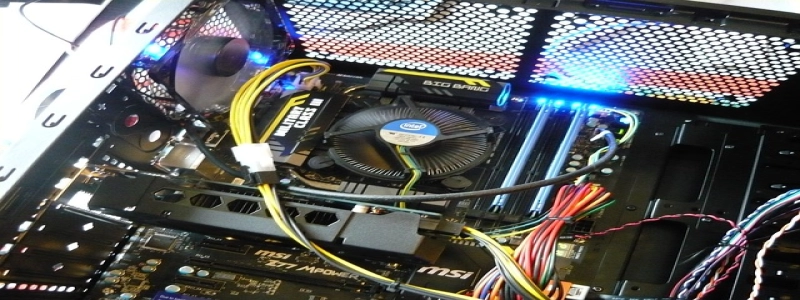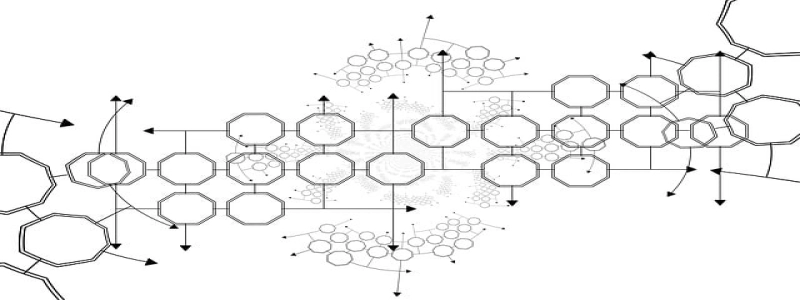Ethernet Cable Management
مقدمة:
In today’s technology-driven world, Ethernet cables have become an integral part of our lives. From connecting devices in our homes to transforming entire enterprises, these cables play a crucial role in ensuring a seamless and uninterrupted internet connection. لكن, the proper management of Ethernet cables is often overlooked, leading to messy and inefficient setups. في هذه المقالة, we will discuss the importance of Ethernet cable management and provide practical tips for organizing and maintaining your cable infrastructure.
أنا. Importance of Ethernet Cable Management:
1. Enhances Signal Performance:
Properly organized Ethernet cables help in reducing signal interference and crosstalk, leading to improved signal performance and faster data transfer speeds. By minimizing cable clutter and using appropriate cable lengths, you can ensure optimal network performance.
2. Prevents Cable Damage:
Cables that are not managed properly are prone to damage due to bending, twisting, or being stepped on. This can result in signal loss, connectivity issues, and increased downtime. Effective cable management minimizes the risk of damage and prolongs the lifespan of your Ethernet cables.
3. Facilitates Troubleshooting and Maintenance:
A well-organized cable infrastructure simplifies troubleshooting and maintenance tasks. It allows network administrators to quickly identify and isolate faulty cables, reducing downtime and increasing overall network efficiency.
ثانيا. Tips for Ethernet Cable Management:
1. Cable Labeling:
Use color-coded labels or cable markers to identify different types of cables such as Ethernet, power, or audio cables. This makes it easier to identify specific cables when performing maintenance or adding new devices.
2. Cable Length Management:
Avoid using excessively long cables as they create unnecessary slack and increase the chances of cable tangling. Measure the required cable length accurately and use cable ties or Velcro straps to secure any excess cable length.
3. Cable Routing:
Plan the routing of your Ethernet cables before installation to minimize cable clutter. Use cable trays, ducts, or raceways to neatly route and protect the cables. Avoid running cables near power sources or crossing them with high-voltage cables to prevent electromagnetic interference.
4. Cable Bundling and Separation:
Bundle together cables that are going to the same location or device using cable ties or zip-ties. This prevents individual cables from getting tangled and makes it easier to trace specific cables when necessary. بالإضافة إلى ذلك, separate Ethernet cables from power cables to minimize interference and maintain signal integrity.
5. Regular Maintenance:
Perform regular inspections of your cable infrastructure to identify any signs of wear and tear, loose connections, or cable damage. Replace any faulty cables or connectors immediately to avoid network disruptions.
خاتمة:
Proper management of Ethernet cables is essential for maintaining a high-performance and reliable network. By implementing the tips discussed in this article, you can organize your cable infrastructure effectively, minimize downtime, and ensure a smooth internet experience. Remember, a well-managed cable setup not only improves signal performance but also simplifies troubleshooting and maintenance tasks.








